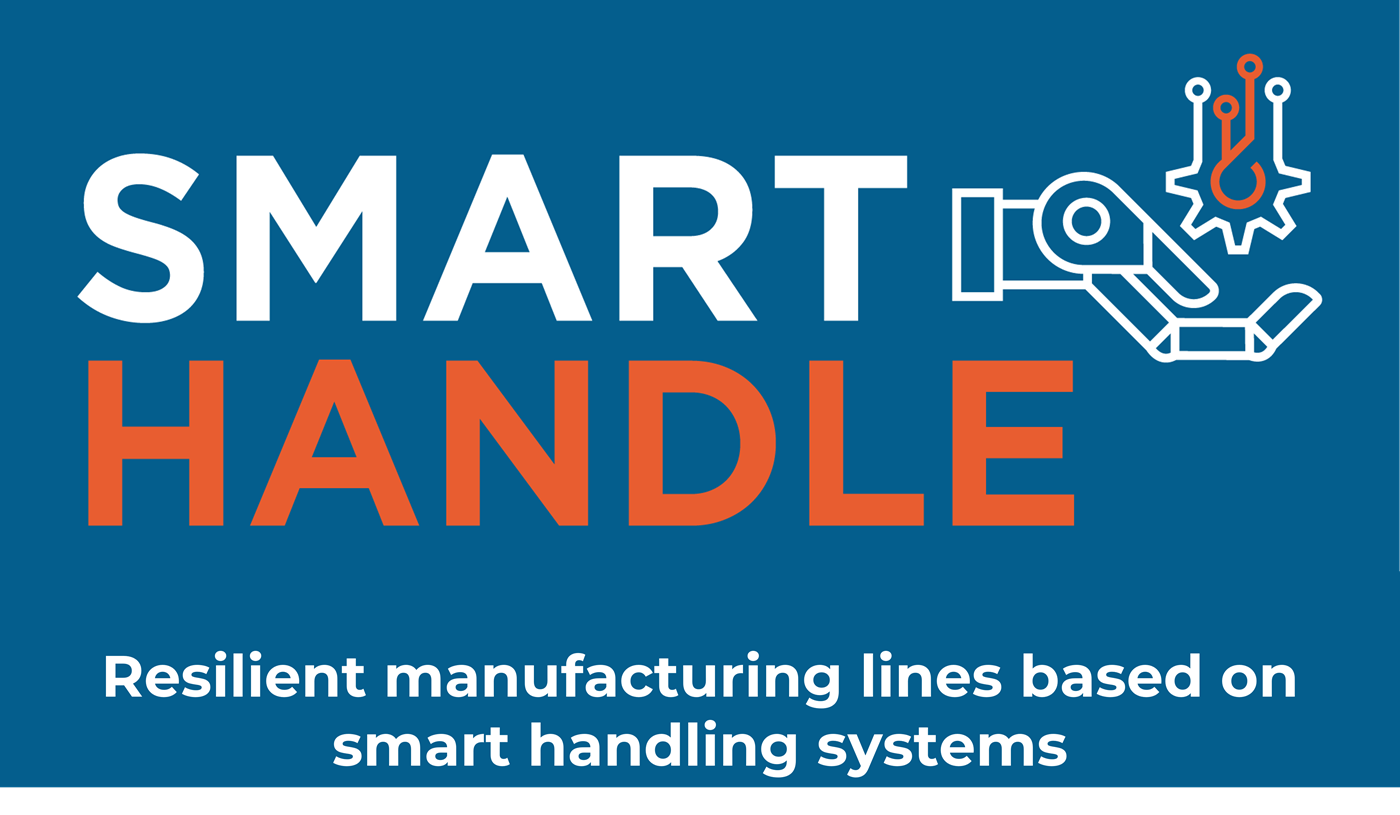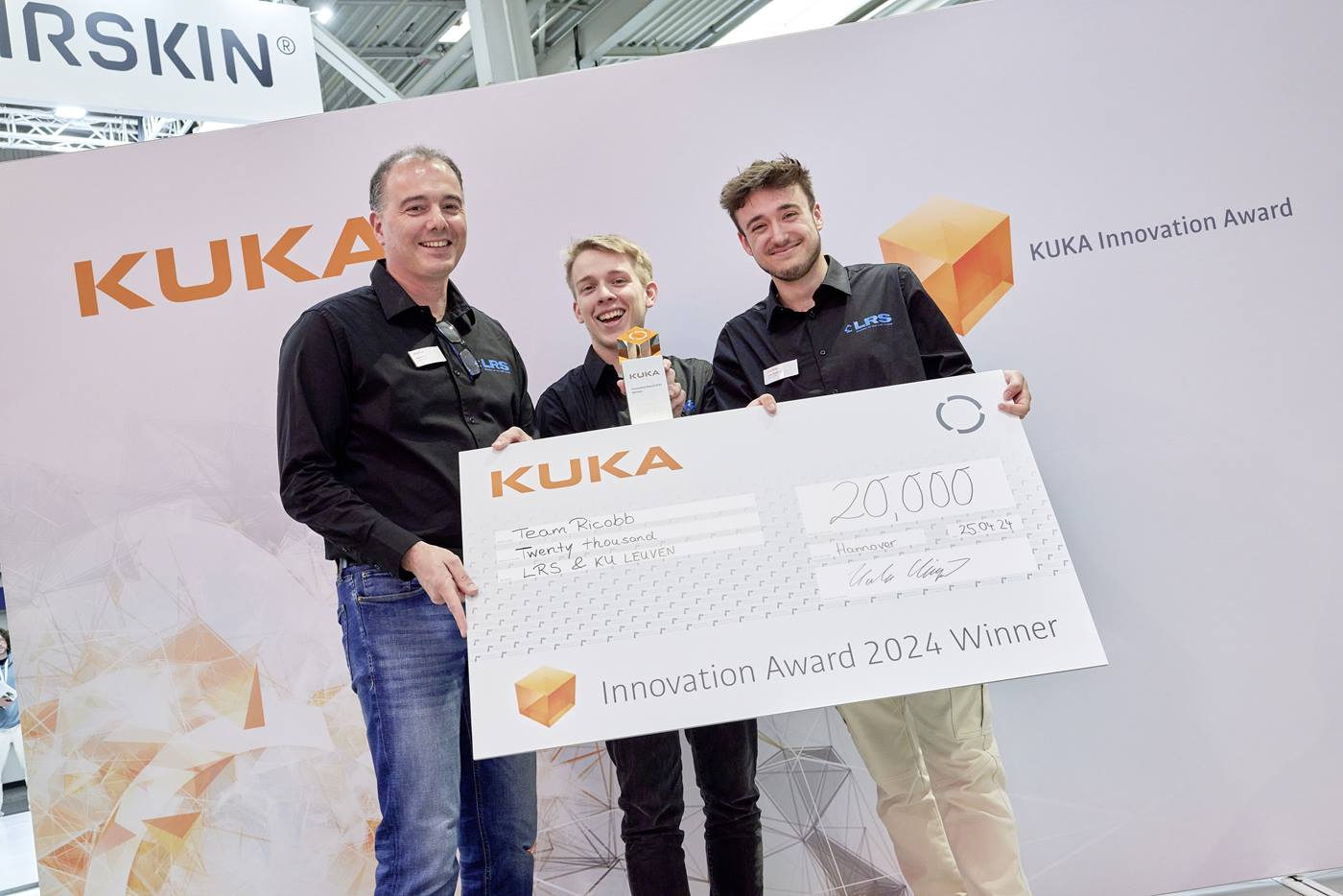‘The robot programming we have known for decades is not designed for flexible production,’ explains Martin Feustel. ‘It works for thousands of identical parts, but for small batch sizes you need more flexible solutions that adapt to the environment and the process.’ To achieve this, he is working as technical project lead in the EU research project SMARTHANDLE at KUKA's Technology and Innovation Centre.
The aim of the project is to develop technologies with AI-based components in order to automate industrial production more adaptably and efficiently. A fundamental aspect of this is how robots can grip bulky parts or unknown workpieces intelligently and reliably. How can multi-arm robot systems be used without too much programming effort? This is not about dry research theory. Industrial companies from Greece and Belgium are contributing practical use cases to the project. The team, consisting of Sebastian Geier, Sebastian Jablonski, Dr Dominik Joho, Dr Neil May, Giuseppe Monetti, Martin Feustel and project manager Dr Kirill Safronov, is developing technological solutions for these real-life use cases.
Scenario 1: Securely gripping bulky aluminium bars
Perfectly synchronised, the two cobots grip the long aluminium bar and slowly lift it into the air. Normally, controlling a multi-armed robot system is a complex programming challenge and harbours risks. For example, the sensitive component could crack due to non-synchronised movements. ‘You need compliant robots for simultaneous movements,’ explains Dr Kirill Safronov, observing the two robot arms as they grip the workpiece perfectly, no matter where it is - as long as it is within reach of the robot arms.
This is made possible by innovative movement algorithms and gripping planning using machine learning. It is no longer necessary to first programme robots and then adapt the workpiece. Instead, the two-arm robot system aligns itself with the workpiece and can easily and flexibly take on industrial tasks, from handling bulky aluminium parts, which would otherwise require a large robot and several grippers, to handling slack parts such as cables or foils.
Scenario 2: Dismantling car batteries
Right next door, two cobots are working together to unscrew various screws from a metal block. The goal: to dismantle a complex product such as an old car battery. The challenge: the robots have to handle a wide variety of screws, some of which are dirty or rusty. This has not yet been possible with existing technologies. However, a vision system and AI technologies give the two robot arms more dexterity and flexibility and make it possible to automate such a complex task.
What is currently successful in simulation and research environments could find its way onto factory floors in a few years' time - and ensure that automation is also worthwhile for smaller quantities, changing workpieces or recycling tasks. ‘We are moving into areas where technology is still in its infancy,’ says Dr Kirill Safronov. ‘Our aim is to advance automation and make more possible with robots.’ And in the end, more skilful and flexible robots will also relieve us human employees, especially when it comes to monotonous or dangerous tasks.











